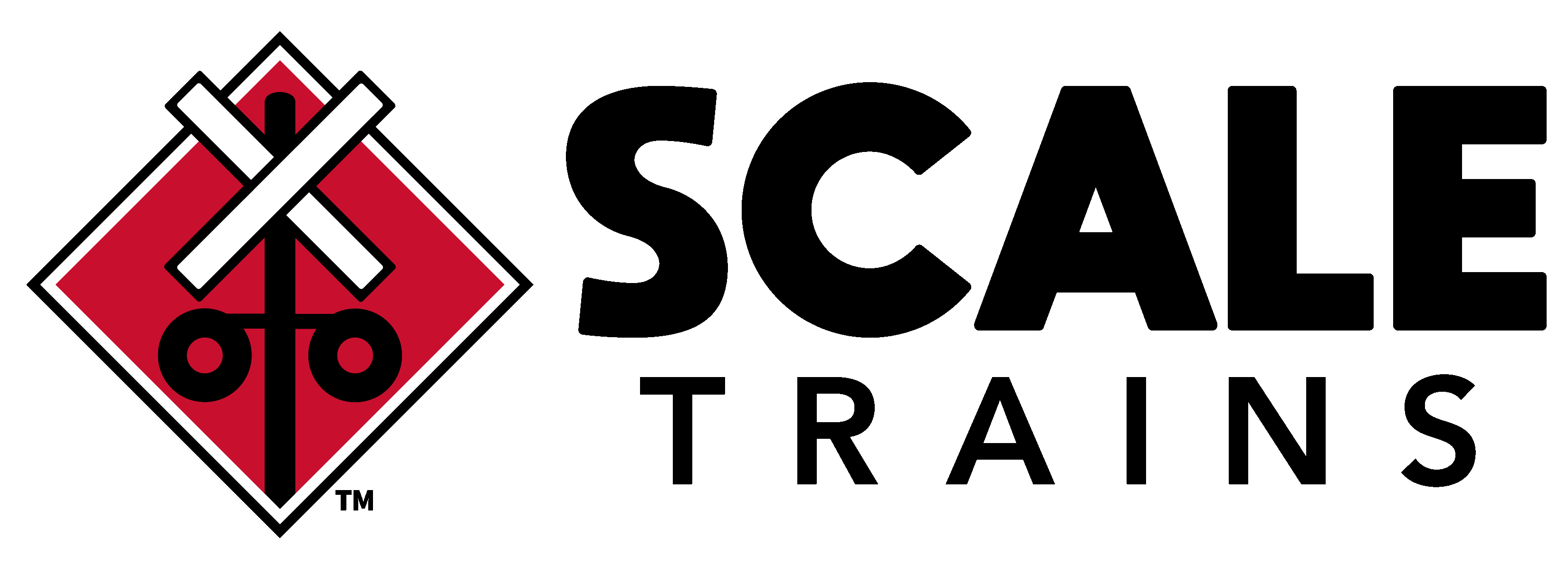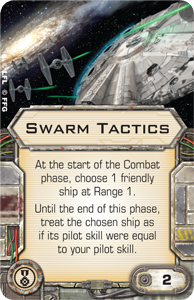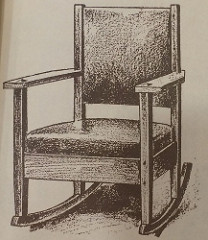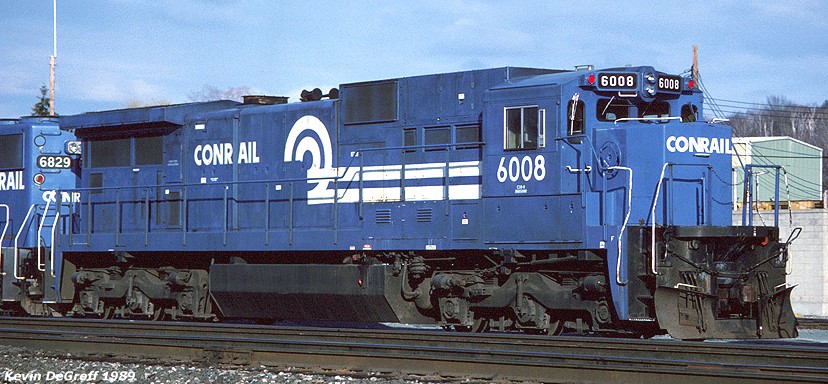Specific Item Information: Rivet Counter N Scale GE C39-8 Phase III, CSX/YN3
Introduced in 1984, the C39-8 maintained the clean contours of the long hood and rounded cab roof of the DASH 7 series but featured larger, angular radiator “wings” at the rear of the carbody, an angular low short hood, and a boxy dynamic brake and clean air compartment at the front of the long hood, which jutted above the cab roofline.
Introduced in 1984, the C39-8 maintained the clean contours of the long hood and rounded cab roof of the DASH 7 series but featured larger, angular radiator “wings” at the rear of the carbody, an angular low short hood, and a boxy dynamic brake and clean air compartment at the front of the long hood, which jutted above the cab roofline.
Model Information: Features:
- Directional LED headlights
- Printed LED lighted number boards
- Phase Ib, II, and III carbodies with correct panels and grilles per variant
- Standard (2-vent) or high-capacity (3-vent) dynamic brakes per prototype
- Early (6-panel) or late (4-panel) radiator exhaust grilles
- Wheel handbrakes
- GSC truck sideframes
- GE “nub” tread plate on walkways
- Highly-detailed 4,400 gallon fuel tank with fuel fillers and gauges
- Air reservoirs with separate plumbing
- Accurately profiled frame with separately applied plumbing and cabling
- Cab interior
- Factory-applied wire grab irons, snowplow, spare knuckles, trainline hoses, 3-hose MU clusters, MU cables, uncoupling levers, windshield wipers, mirrors, air reservoirs, underframe bell, brake wheel, and more.
- Body mounted ScaleTrains.com plastic semi-scale E Type knuckle coupler All-wheel drive
- All-wheel electrical pick-up
- Dual flywheels
- Motor with 5-pole skew wound armature
- Printing and lettering legible under magnification
- Operates on Code 55, and 80 rail
- Packaging safely stores model
- Minimum Radius: 9 ¾”
- Recommended Radius: 11”
DCC Information: Available either DCC-ready (Next18 (NEM 662) interface) or factory-equipped with ESU LokSound.
DCC & sound equipped locomotives feature:
- ESU-LokSound Next18 Select Micro DCC and sound decoder with “Full Throttle”
- “Sugar cube” type speaker
- Accurate GE V16 7FDL-16 prime mover and auxiliary sounds, horn, bell, and more
- Operates on both DC and DCC layouts
DCC & sound equipped locomotives feature:
- ESU-LokSound Next18 Select Micro DCC and sound decoder with “Full Throttle”
- “Sugar cube” type speaker
- Accurate GE V16 7FDL-16 prime mover and auxiliary sounds, horn, bell, and more
- Operates on both DC and DCC layouts
Prototype History: The GE C39-8 is a six-axle, 3,900hp diesel locomotive built from 1984 to 1987 with a total of 161 (including a coal-powered prototype) built. The C39-8 (originally, yet unofficially designated as the "C39-S7") was the first type of six-axle diesel locomotive produced by GE since the C30-7 and C36-7 diesel locomotives from GE's "Dash 7" line.
Conrail and Norfolk Southern were the only two railroads who originally ordered the model. CSX later inherited from a small fleet of former Conrail units. All of the surviving C39-8 units currently remain in service on various shortline, leasing, and rebuilding companies, most notably NREX and the Pennsylvania Northeastern shortline (subsidiary of the New Hope And Ivyland Railroad), as well as on South American railroads.
The GE C39-8 was essentially the six-axle equivalent of the four-axle, B39-8. Both featured nearly identical, updated carbody. Perhaps the most noticeable exterior difference with the model (and all "Dash 8s") was the roughly 10-foot "bulge" directly behind the cab that gave the roof-line a very irregular shape. This new featured simply housed the dynamic brakes with the radiators located in the rear of the carbody.
Read more on:
- Wikipedia
- American-Rails.com
- Trains And Locomotives Wiki
- Locomotives Wiki
Conrail and Norfolk Southern were the only two railroads who originally ordered the model. CSX later inherited from a small fleet of former Conrail units. All of the surviving C39-8 units currently remain in service on various shortline, leasing, and rebuilding companies, most notably NREX and the Pennsylvania Northeastern shortline (subsidiary of the New Hope And Ivyland Railroad), as well as on South American railroads.
The GE C39-8 was essentially the six-axle equivalent of the four-axle, B39-8. Both featured nearly identical, updated carbody. Perhaps the most noticeable exterior difference with the model (and all "Dash 8s") was the roughly 10-foot "bulge" directly behind the cab that gave the roof-line a very irregular shape. This new featured simply housed the dynamic brakes with the radiators located in the rear of the carbody.
Read more on:
- Wikipedia
- American-Rails.com
- Trains And Locomotives Wiki
- Locomotives Wiki
Road Name History: CSX Transportation (reporting mark CSXT) is a Class I railroad in the United States. The main subsidiary of the CSX Corporation, the railroad is headquartered in Jacksonville, Florida, and owns about 21,000 route miles (34,000 km). CSX operates one of the three Class I railroads serving most of the East Coast, the other two being the Norfolk Southern Railway (NS) and Canadian Pacific Railway. It also serves the Canadian provinces of Ontario and Quebec. Together CSX and Norfolk Southern Railway have a duopoly over all east-west freight rail traffic east of the Mississippi River. As of October 1, 2014 CSX's total public stock value was slightly over $32 billion.
CSX Transportation was formed on November 1, 1980, by combining the railroads of the former Chessie System with Seaboard Coast Line Industries, and finally with the Seaboard System Railroad in 1986. The originator of the Seaboard System was the former Seaboard Air Line Railroad, which previously merged with the Atlantic Coast Line Railroad in 1967, and later with the Louisville & Nashville Railroad, as well as several smaller subsidiaries such as the Clinchfield Railroad, Atlanta & West Point Railroad, Monon Railroad and the Georgia Railroad. The origin of the Chessie System was the former Chesapeake & Ohio Railway, which had merged with the Baltimore & Ohio Railroad, and the Western Maryland Railway.
Read more on Wikipedia.
CSX Transportation was formed on November 1, 1980, by combining the railroads of the former Chessie System with Seaboard Coast Line Industries, and finally with the Seaboard System Railroad in 1986. The originator of the Seaboard System was the former Seaboard Air Line Railroad, which previously merged with the Atlantic Coast Line Railroad in 1967, and later with the Louisville & Nashville Railroad, as well as several smaller subsidiaries such as the Clinchfield Railroad, Atlanta & West Point Railroad, Monon Railroad and the Georgia Railroad. The origin of the Chessie System was the former Chesapeake & Ohio Railway, which had merged with the Baltimore & Ohio Railroad, and the Western Maryland Railway.
Read more on Wikipedia.
Brand/Importer Information: ScaleTrains.com, Inc. is an upstart HO and N Scale model manufacturer that was founded by a team with more than 125 years of accumulated experience in the model railroad hobby and industry.
ScaleTrains is specifically focused on the tiny details in the printing and quality of the construction. The four friends who founded the company are all avid modelers themselves. Their factory is located in Tennessee. Unlike most other companies, they offer a range of different levels of complexity in their offerings so as to be able to provide products for both the budget-conscious collector as well as the detail-focused model enthusiast without compromising on quality for either.
They range covers the following, by increasing level of detailing:
ScaleTrains is specifically focused on the tiny details in the printing and quality of the construction. The four friends who founded the company are all avid modelers themselves. Their factory is located in Tennessee. Unlike most other companies, they offer a range of different levels of complexity in their offerings so as to be able to provide products for both the budget-conscious collector as well as the detail-focused model enthusiast without compromising on quality for either.
They range covers the following, by increasing level of detailing:
- Operator™ trains are built for modelers who enjoy running high-quality, realistic trains at an affordable price. Designed from builder’s drawings and photographs, Operator models have fewer factory-applied parts and simplified printing. For added versatility, super-detail parts are available separately.
- The Rivet Counter™ line strives to create the most accurately detailed models imaginable. The real-world counterpart is meticulously researched to ensure prototype fidelity. Each model features numerous factory applied parts including roadname and road number specific details whenever possible.
- Museum Quality™ models are historically accurate replicas of the most famous locomotives in North American railroading history. Exhaustive research and a commitment to perfection combine to create the ultimate scale model. Museum Quality trains establish new standards which make them just as legendary as the original.
Item created by: CNW400 on 2023-06-02 10:38:05. Last edited by CNW400 on 2023-06-02 15:26:47
If you see errors or missing data in this entry, please feel free to log in and edit it. Anyone with a Gmail account can log in instantly.
If you see errors or missing data in this entry, please feel free to log in and edit it. Anyone with a Gmail account can log in instantly.











